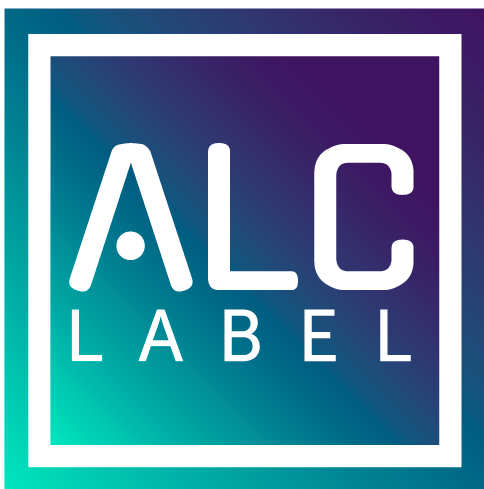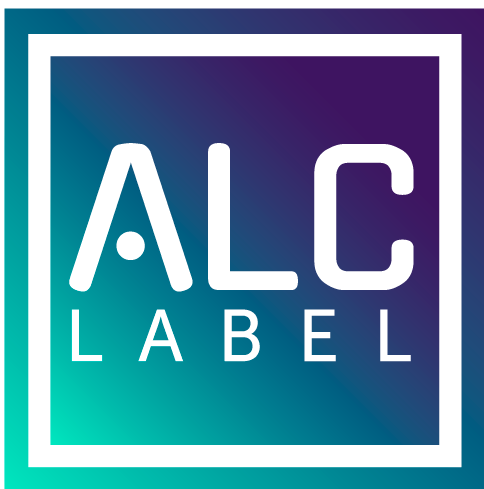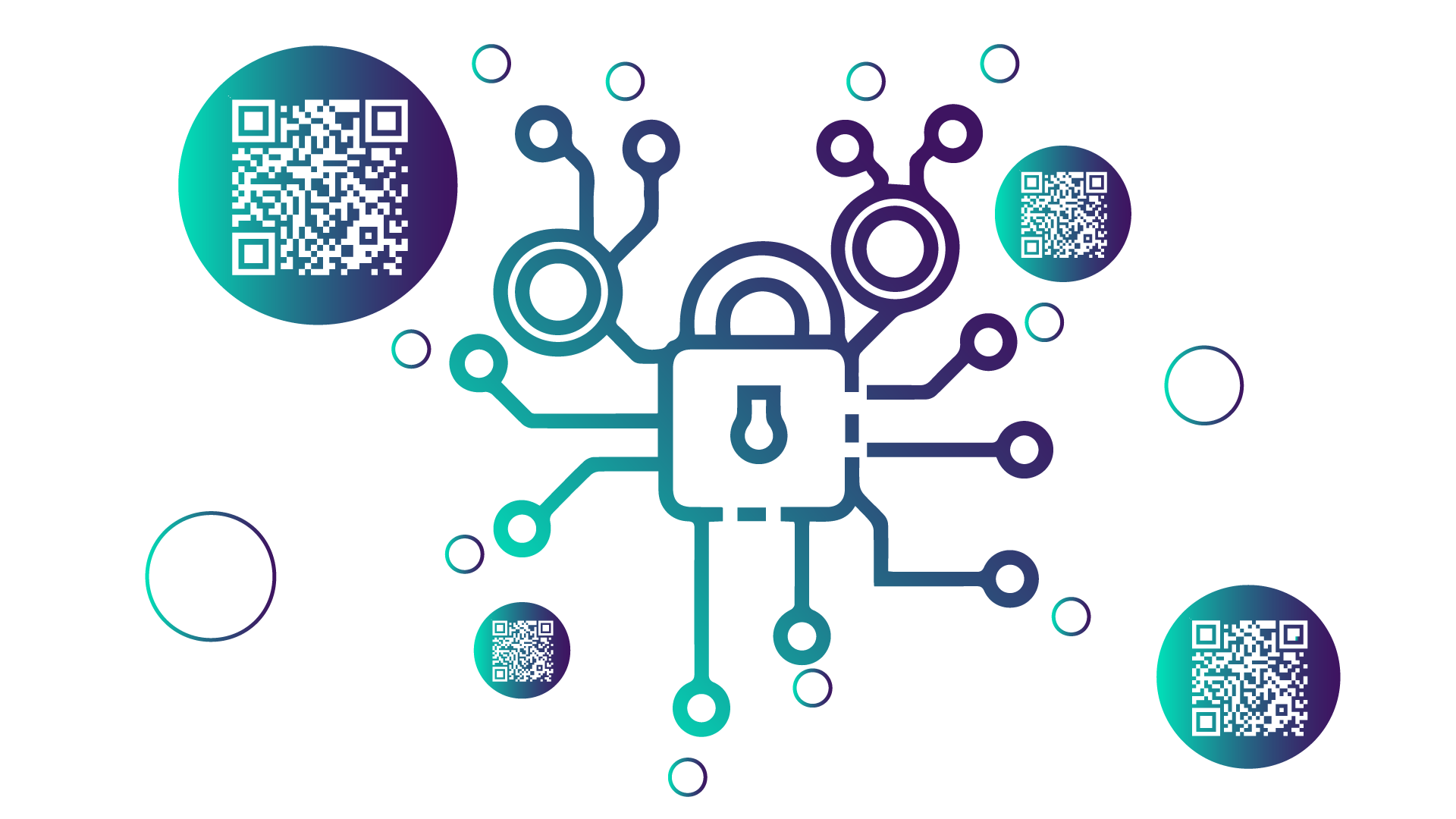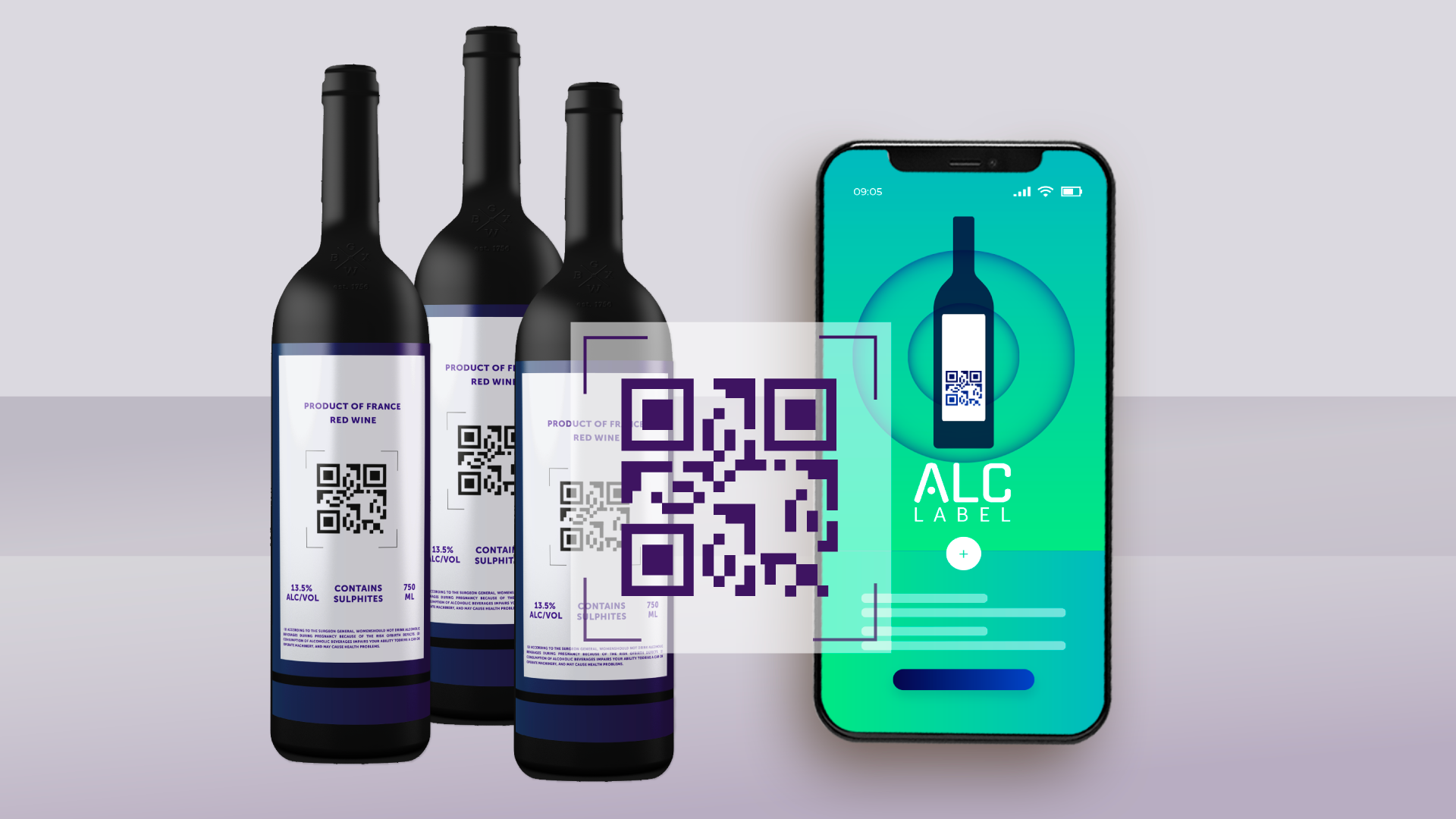What are QR Code Wine Labels?
The QR code (or Quick Response code) has been in use since 1994 in various industries, such as food and automotive. QR codes reached mass adoption in 2017 and practically became ubiquitous in 2020 with the COVID pandemic. With this some of the change barriers came crashing down allowing wine producers to tap into new ways of connecting with their customers. This article will explain what a QR code is, its uses in the wine industry, and the benefits of including it on the back wine label, for both producers and consumers.
What is a QR code label for Wine?
Generally, a QR code is a barcode printed on a light background to make it easier to distinguish. The primary function of this code is to direct the person who scanned it to a particular site. For example, if you include it on the back label of a wine, the QR code can fulfill different functions:
- The most common is to take the customer to the winery's website.
- Another function it can serve is to allow the customer to access other consumers' opinions about the wine, such as the winery's website.
- It can also give customers access to a link with a promotional video or exclusive content.
The Common Agricultural Policy (CAP) mandates that wine and other alcohol products are equipped with a QR code label. The regulation comes into effect in 2023 and is intended to drive greater product transparency with consumers. Some of the aspects to be included in the QR codes are:
- country of origin
- wine category
- alcohol by volume (ABV)
- residual sugar (RS)
- full ingredients information
- caloric and energy information
- warning messages to avoid excessive wine consumption
- sustainability certification
- ... and much more
- One thing to keep in mind is that the new regulations don´t allow producers to include marketing information next to the nutritional information.

What are the benefits of a QR code label for wines?
Using QR codes on your wine labels can bring many benefits for both consumers and you. Yes, the regulatory requirements drive greater information transparency. But you don’t have to limit yourself to just the regulatory-mandated information.
Use the CAP Reform to your advantage and create a connection with your customers:
- Provide pairing recommendations
- Take your customers to landing pages or social media of your brand.
- Talk about your sustainability practices
- Avail information about the winery and the people behind it
- Personalize the experience and offer exclusive discounts
For producers, including a QR code on every bottle also has many benefits:
- Reduces labelling cost as you don’t need to affix a different back label for every export country
- Increases order fulfilment velocity as you no longer need to relabel the product before you prepare it for shipment
- Reduces carbon footprint as it requires less paper and less energy
- Although you are not allowed to track the identity of the scanner (i.e. the person scanning the label), you can analyze scans to gain insights into how your products perform in the different markets.

What are the Alternatives to Generate QR Codes?
In the ever-evolving world of QR code technology, numerous solutions have emerged, catering to a wide range of needs from the most basic static qr code to highly customizable, dynamic QR codes.
For instance, platforms like Scanova offer robust features including encryption, bulk generation, and extensive customization, which can be incredibly beneficial for businesses looking to generate QR codes and integrate them into their marketing strategies.
On the other hand, QRCode-Tiger provides a user-friendly way to create both static and dynamic QR codes, emphasizing ease of use for personalizing QR codes and ensuring they perform well through rigorous scan tests.
On the other hand, Lightning Labels focuses on crafting custom QR code labels, recommending considerations like choosing between dynamic or static QR codes based on the intended use, and suggesting design tips to enhance brand recognition and customer interaction. For those who prefer a straightforward approach, Avery offers a range of QR code label sizes and customizable options to suit different packaging needs, ensuring high-quality, scan-ready QR codes.
Among these diverse options, ALC Label stands out as a premier QR code solution. ALC Label is a service company that creates, hosts and displays electronic labels for your wine or alcoholic products. The big difference with previously mentioned solutions is that our user friendly platform provides you with QR Codes that are ready to be applied in each label by your label designer (or us, if you don´t ahve one), as well as with separate and detailed technical sheets. This way, when a customer scans your QR Code with a smartphone, he can have easy access to the information of your product.
Final Thoughts
The wine industry is constantly changing, and so are its consumers. Novel ways of promoting wines and connecting with customers are emerging. And one of those new ways, which has become much more popular in recent years among wine brands, is the QR code on the label.
Including QR codes on your labels will allow you to connect better with your potential customers, making it more likely that they will get to know your brand. Also, they will learn more valuable information, like the practices you use to produce your wines or what other customers think about your winery. And, of course, more data means there will be more chances that a customer will stay loyal to your brand.
But that is not the only benefit: you will also be able to adapt to the new EU regulations to market your wines to the EU countries. Your wine brand can enter new markets, reach new consumers, and stay competitive.
So, if you want to offer your consumers as much knowledge as possible about a specific wine, such as tasting notes, the best food pairings or aspects of your brand's history, it's time to take a big step into the future, with the help of QR codes.




